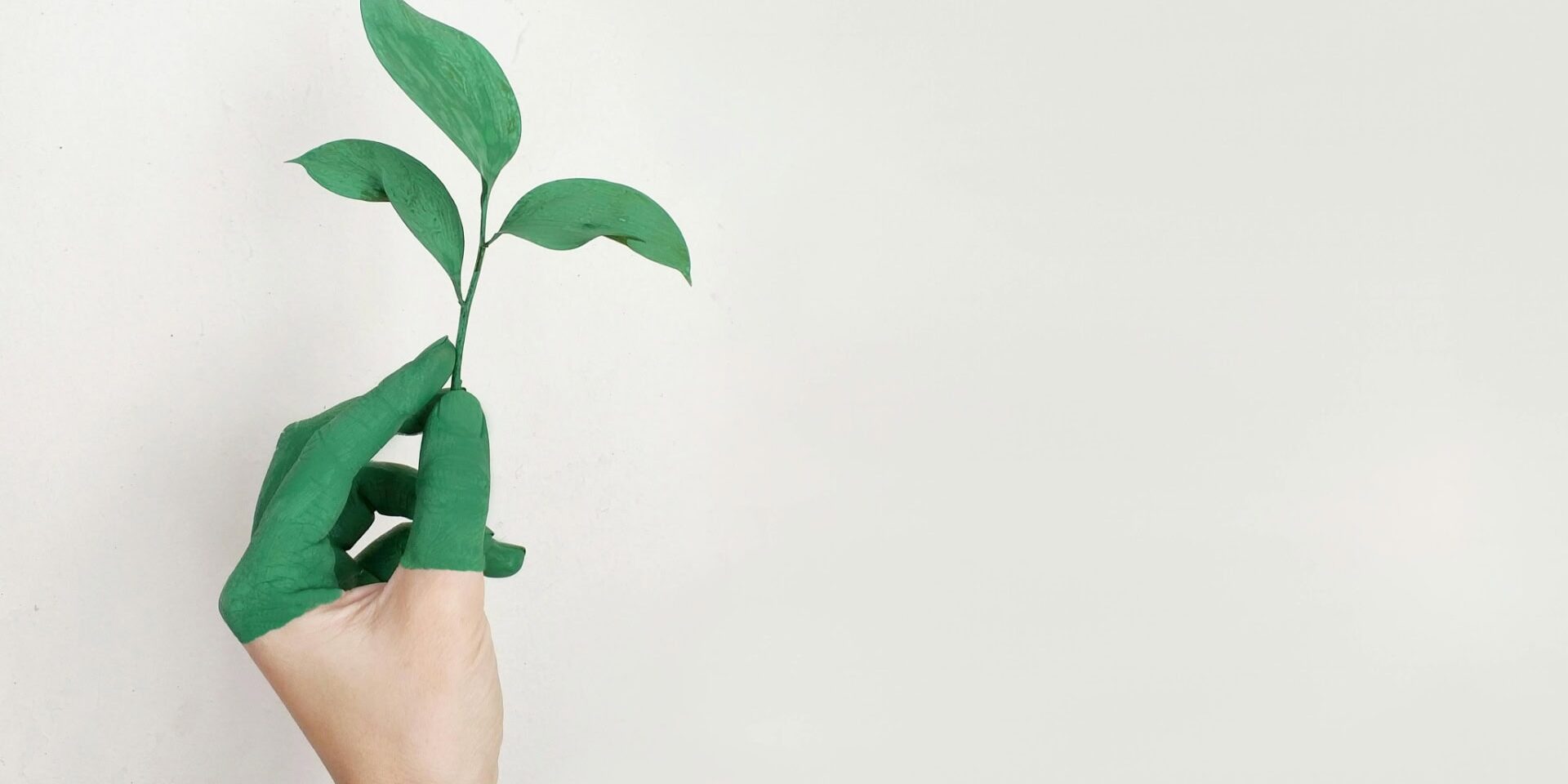Fashion is constantly evolving, driven by an increasing focus on sustainable materials and innovative processes. Among the fibers that are redefining industry standards are Naia™ and Circulose®, two cutting-edge materials that combine performance, aesthetics, and environmental responsibility. In this article, we will explore the features and benefits of these revolutionary fibers, ideal for the world of knitwear.
Distinctive Features of Naia™
Natural Composition
Naia™ is made using cellulose derived from wood pulp, sourced exclusively from FSC® and PEFC™ certified forests, ensuring responsible management of natural resources.
Softness and Comfort
One of the most appreciated features of Naia™ is its exceptional softness, making it perfect for knitwear in direct contact with the skin. It offers a silky, smooth feel, ideal for those seeking comfortable and refined garments.
Breathability and Moisture Control
Naia™ is naturally breathable and provides excellent moisture management. This property makes the fiber suitable for light, summery garments that keep the body cool and dry throughout the day.
Ease of Care
Garments made with Naia™ are easy to wash and maintain. The fiber is wrinkle-resistant, dries quickly, and retains its shape and original appearance even after multiple washes.
Excellent Dyeing and Color
Naia™ offers an extraordinary ability to absorb dyes, allowing for vibrant, uniform, and long-lasting colors. This quality is particularly appreciated by designers who want to create vibrant, high-quality garments.
Sustainability of Naia™
Naia™ is designed with a strong focus on environmental sustainability.
Responsible Production
The fiber is produced through a closed-loop process in which 99% of the solvents and water used are recycled and reused. This drastically reduces the environmental impact compared to traditional synthetic fibers.
Biodegradability
Naia™ is fully biodegradable and compostable, helping to reduce the environmental impact of garments once they reach the end of their life.
Energy Savings
The production process of Naia™ uses less energy compared to many other fibers, further helping to reduce its ecological footprint.
Circulose®: The Fiber of the Circular Economy
Circulose® is an innovative fiber developed to promote the circular economy in the textile sector. Produced by the Swedish company Renewcell, this fiber is made from recycled cotton or polyester garments destined for landfill, transforming them into a new resource for fashion.
Key Features
Circulose® comes in the form of recycled pulp sheets, which can be used to create new yarns. The fiber is durable, soft, and versatile, easily adapting to various textile applications, including knitwear. The process for creating manmade cellulosic fibers (MMCF) with Circulose® is similar to that used for traditional viscose. However, instead of using only virgin wood pulp, Circulose® replaces part of the pulp with recycled textiles, creating a fiber that is partly made of recycled materials.
Sustainability
Circulose® dramatically reduces textile waste by recovering materials that would otherwise end up in landfills or be incinerated. The production process uses renewable energy and fits into a circular economy model, ensuring a lower environmental impact compared to the production of virgin fibers.
The Circulose® Production Process: How It Works
The recycling process for Circulose® follows a clear and circular approach:
1. Material Collection
Circulose® uses discarded textiles, such as clothes that can no longer be resold or production waste. Cotton fabrics are preferred for their high cellulose content.
2. Transformation
The clothes are shredded, de-buttoned, de-zipped, de-colored, and turned into a slurry. Contaminants such as polyester are removed, leaving only cellulose, a biodegradable organic polymer.
3. Sheet Production
The slurry is dried to create sheets of pure Circulose®, which are then packed into bales and shipped to fiber producers to be transformed into virgin-quality yarns.
4. New Garments
Brands use the yarns produced with Circulose® to create new clothing items.
5. Closing the Loop
This process closes the production cycle, integrating the circular economy into the textile sector.
A Responsible Knitwear Future
The use of innovative fibers like Naia™ and Circulose® represents a concrete response to the environmental and social challenges of the fashion industry. These materials not only improve the quality of garments but also help reduce textile waste and the use of natural resources, proving that sustainability can go hand in hand with creativity and innovation.

